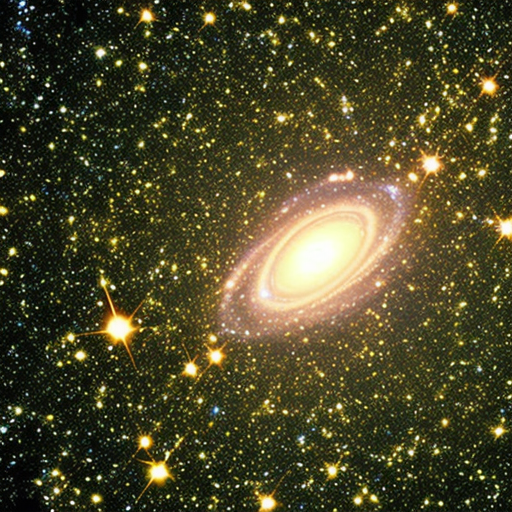Summary:
Dark energy is a mysterious force that is believed to be responsible for the accelerating expansion of the universe. It is thought to make up about 68% of the total energy content of the universe. Despite its name, dark energy is not directly observable and its nature remains largely unknown. Scientists have proposed various theories to explain dark energy, including the existence of a cosmological constant or a new type of energy field. Understanding dark energy is one of the biggest challenges in modern physics and cosmology.
What is Dark Energy?
Dark energy is a hypothetical form of energy that is believed to permeate all of space and drive the accelerated expansion of the universe. It was first proposed in the late 1990s when astronomers discovered that the expansion of the universe was not slowing down as expected, but rather speeding up. This discovery was unexpected and led to the realization that there must be some unknown force counteracting gravity and pushing galaxies apart at an ever-increasing rate.
Properties of Dark Energy:
Dark energy is characterized by its negative pressure, which is responsible for its repulsive nature. Unlike matter and radiation, which have positive pressure and attract each other through gravity, dark energy has negative pressure and causes the universe to expand at an accelerating rate. This negative pressure is thought to be the driving force behind the observed cosmic acceleration.
Theories and Explanations:
There are several theories and explanations proposed to account for dark energy. One possibility is the existence of a cosmological constant, which was first introduced by Albert Einstein in his theory of general relativity. The cosmological constant represents a constant energy density that fills space uniformly and exerts a repulsive force. Another theory suggests that dark energy is associated with a new type of energy field that permeates space and drives the accelerated expansion.
Observational Evidence:
The existence of dark energy is inferred from various astronomical observations. One of the key pieces of evidence comes from the study of distant supernovae. By measuring the brightness and redshift of these supernovae, astronomers can determine their distances and velocities. The observations of distant supernovae revealed that the universe’s expansion is accelerating, indicating the presence of dark energy.
Implications and Challenges:
Understanding dark energy is crucial for our understanding of the universe’s past, present, and future. If dark energy continues to dominate the universe’s energy content, it will eventually lead to the “Big Rip,” where the expansion becomes so rapid that it tears apart galaxies, stars, and even atoms. However, there are still many unanswered questions about dark energy. Its origin, nature, and why it has the observed value remain major puzzles in cosmology. Scientists continue to study dark energy through various observational and theoretical approaches in the hope of unraveling its mysteries.
Conclusion:
Dark energy is a mysterious force that is responsible for the accelerated expansion of the universe. It is characterized by its negative pressure and is believed to make up a significant portion of the universe’s energy content. While its nature and origin remain unknown, scientists continue to investigate dark energy through observations and theoretical models. Understanding dark energy is one of the most significant challenges in modern physics and cosmology, with implications for the ultimate fate of the universe.












